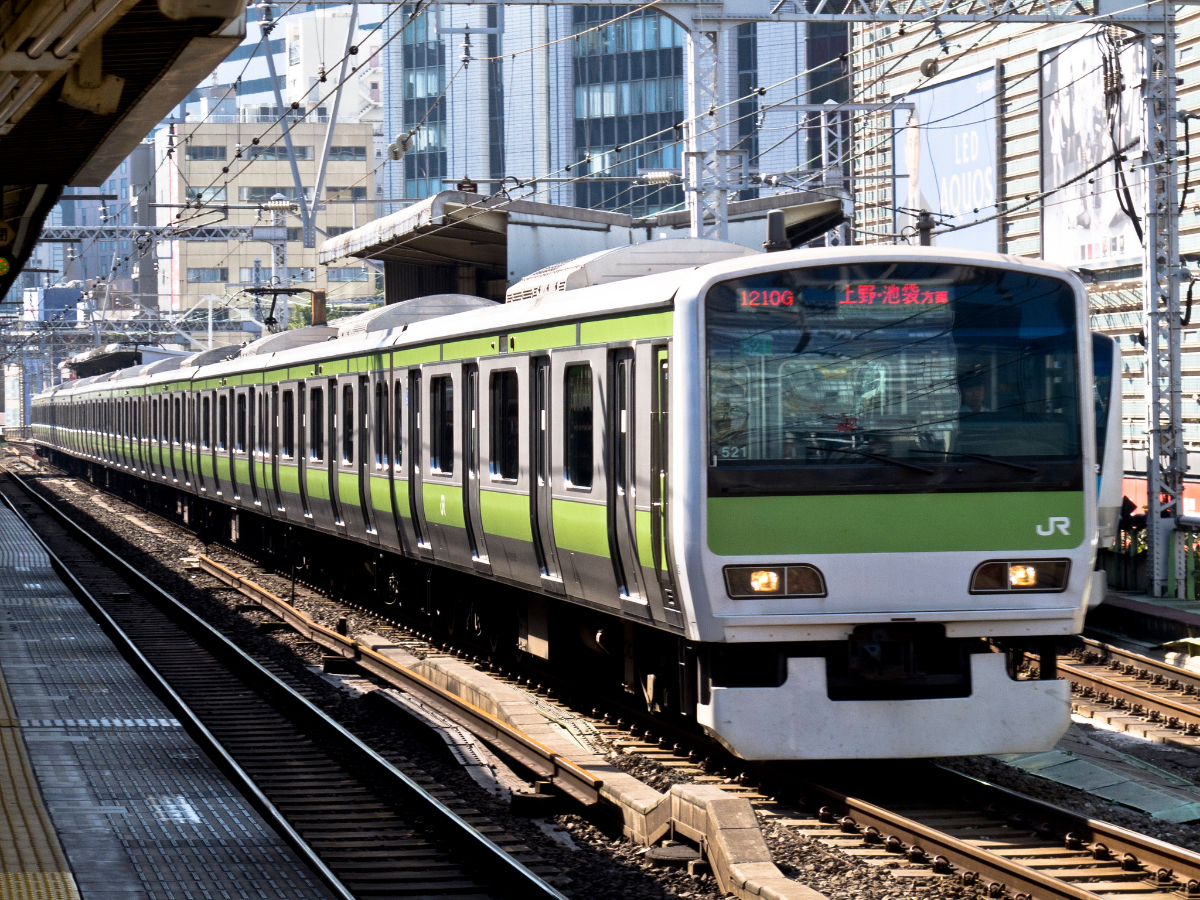
Source: Image by Andrew K. Smith via Flickr
JR East to conduct driverless train test on Yamanote Line with passengers this autumn
- Tags:
- Japan Railways / JR / Trains / Transportation
Related Article
-
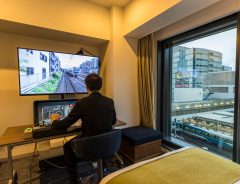
JR East celebrates 150 years of rail with special train simulation hotel room stay
-
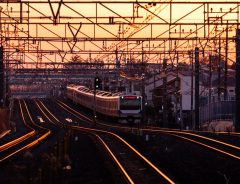
Japanese photog captures sunset silhouettes of electric wires, train tracks & other infrastructure
-
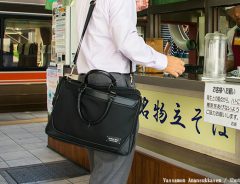
Soba Restaurant with Possibly the Narrowest Entrance in Japan Puzzles Twitter
-

Japanese Trains Celebrate Final Fantasy Anniversary With Music From The Games
-
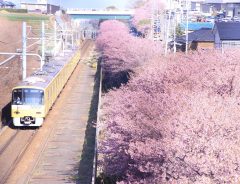
Train conductor photobombs shot of Japan’s early blooming sakura in most delightful way
-

Japan’s First Cat Cafe On A Train Purrs To An Adorable Success


As Japan runs full speed ahead into an era marked by a rapidly shrinking population, companies across the country are on the lookout for ways to combat and adapt to the expectations of a serious loss of labour. As part of their management vision “Transformation 2027”, major Japanese railway company JR East recently announced that one way it intends to tackle the issue within its own company is through the introduction and use of automated driverless trains – which they have scheduled to test on the 34.5km long Yamanote loop line in Tokyo from this autumn.
Whilst the existence of driverless trains is nothing new, with several lines (such as the Toneri Liner and Yurikamome) utilising automated trains both in and out of Tokyo, this will be a first for the Yamanote Line, which is famed as being one of the most popular train lines within central Tokyo, a fact which often brings with it extreme overcrowding during peak times.
Image by shankar S. sourced via Flickr>
The system itself has been under testing by JR East since 2018, with several automated train tests having already been conducted without passengers during operating hours on a number of occasions. This time, however, the railway company would like to trial the system with riders on board.
Following the introduction, drivers will only be needed to manually operate the train during emergencies, with all other operations such as speeding up, slowing down and coming to a stop falling under the automated system.
The automated train system itself has already been implemented by JR East on the Joban line, which began to use the program in 2021. The system that is expected to be used for the Yamanote line however, uses an updated version which minimises energy use through smooth acceleration and deceleration movements. As for future developments, the company is also working on an additional system that can detect train line obstructions and make emergency stops when necessary.
The tests with passengers are scheduled to begin in October, and will be conducted using the Yamanote line’s E235 series of trains. The trials are expected to last for around two months, during which they will loop the line between 10 to 20 times per day. Data and information collected throughout the tests will be used to improve the automated driverless system, which JR East hopes they will be able to begin the introduction of from 2023, and will become the standard on the Yamanote line by 2028.